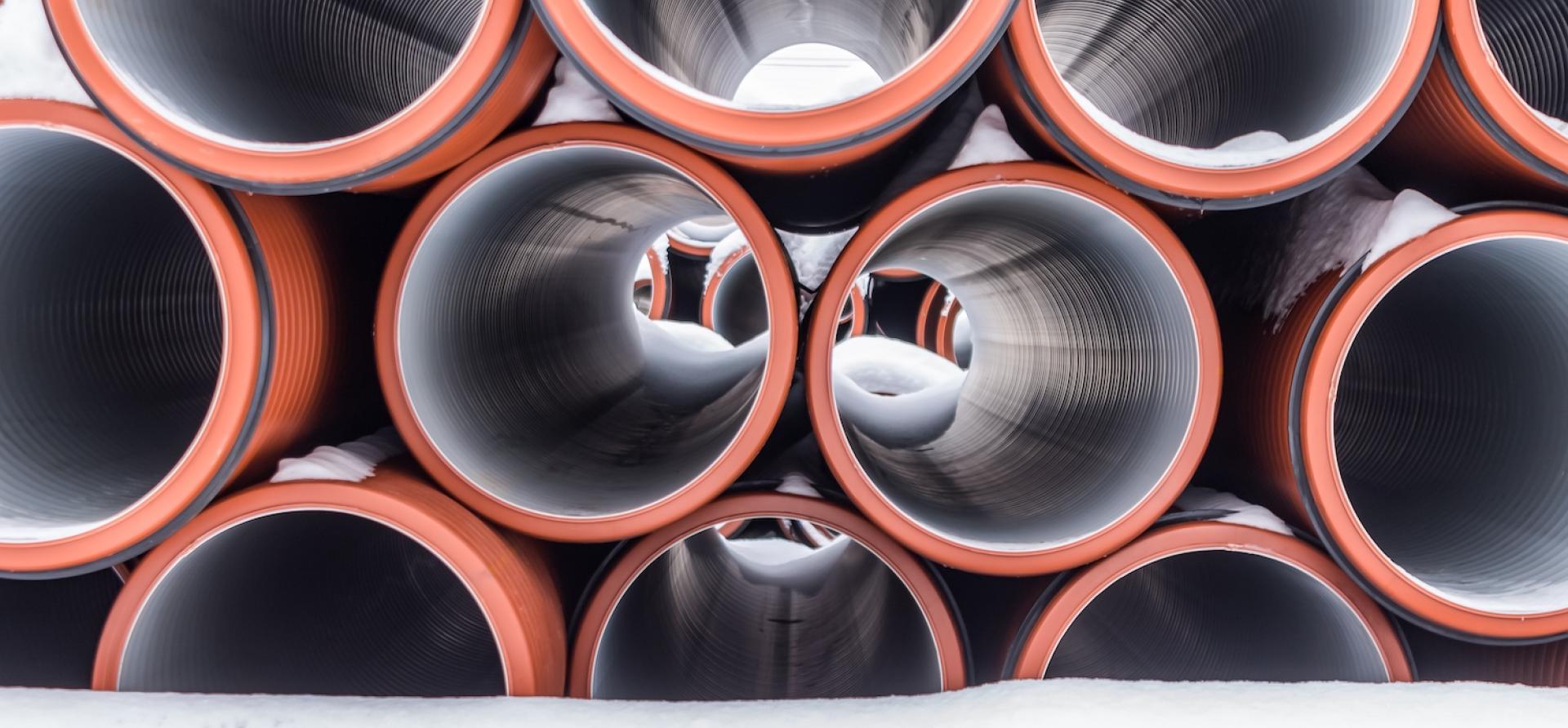Happy birthday to Snowy 2.0 in Australia

Key Findings
Announced in 2017, Snowy 2.0 is now expected to be completed by 2026
On balance, the entire package should end up costing about $10 billion
NSW consumers are likely on the hook for an incremental $115 million per annum to fund Kurri Kurri
The fifth anniversary of the Snowy 2.0 announcement by Malcolm Turnbull passed in March and we neglected to observe the date. It is well worth reviewing the stumbling infancy of Snowy 2.0 as it presently exists.
On 17 March 2017 then Prime Minister Malcolm Turnbull announced a $1.7 billion 50% expansion of Snowy Hydro (Snowy 2.0). The project would be in operation by 2021, before the planned closure of Liddell. There was no discussion of transmission access and how much that might cost.
This was project management on the back of a pretzel packet
On 26 February 2019, it was reported that feasibility work suggested a total cost of $3.8-4.5bn, partially funded by a $1.4bn Commonwealth equity injection, and a late 2024 start-up. The NSW Government would build a transmission line to connect to the grid.
In April 2019, engineering joint venture Salini Impregilo and Clough were awarded a $5.1bn contract with an expected early 2026 start-up date. In general, media reaction was extremely negative, with energy commentator John Hewson calling it “a mini NBN” in October 2020.
Snowy Hydro is a relatively small, but highly profitable, business. Before Snowy 2.0 it had capital employed of about $2bn in generation. It had not executed a major project in nearly 50 years. To expect Snowy to get initial cost estimates right on a project of this scale would require a huge leap of faith. This ought to have been understood by the Government.
Progress on transmission has, if anything, been worse
Hume Link is the 360km interconnector across southern NSW required to bring the power to markets. In March 2020, NSW transmission monopoly Transgrid produced a draft assessment of costs at $1.3bn. This was raised to $3.3bn in September 2021. Based on the 2018 AER Transgrid determination, this would add roughly $200m a year to NSW consumer electricity costs.
In April 2022, the CEO of Snowy Hydro hinted that due to COVID, labour shortages and global supply issues, the project was likely to miss its capital cost budget and that there would most likely be slippage in the start-up date. This ought to have surprised no one
On balance, the entire package should end up costing about $10bn, of which 15-20% has been spent to date. It is far from clear that completing the project will be a good use of incremental taxpayer dollars, but it seems unlikely that any government would stop it. And the transmission and power plant need to open simultaneously so cancelling one is not an option.
In the middle of this mess, in 2020 the government announced that if the private sector did not commit to 1000MW of firming capacity by April 2021, it would build the capacity itself.
On 18 May 2021 the Commonwealth announced that Snowy Hydro would build a gas-fired facility at Kurri Kurri in the Hunter Valley with up to 750MW of capacity, the environmental impact statement (EIS) estimating capital costs at $610m. Other gas-fired plants built in Australia over the past five years cost about $1.3 - $1.4 million per MW of capacity, suggesting about $850-$900m.
In addition, Kurri Kurri needs a lateral to the Sydney-Newcastle gas pipeline and onsite storage. APA, which has been contracted to own the pipeline, estimated its’ cost at $250m in February 2022. Annual fees of $30m are likely.
At Senate estimates, Snowy testified that returns for Kurri Kurri were expected to be 8.4% -12.3%. On a capital cost of $850m, it would make $85m. NSW consumers are therefore likely on the hook for an incremental $115m per annum to fund Kurri Kurri.
The best part is that the Australian Energy Market Operator (AEMO), the regulator, says that the asset is not needed in the market.
Over the past 15 years under five Prime Ministers, the Commonwealth has destroyed capital in manifold ways. The NBN, which started as a $3bn thought bubble in 2008, has racked up total investment of $62.6bn. Profits still depend on hoping, wishing and guessing.
Inland Rail, which started as a $4.4bn plan by the Australian Rail Track Corporation (ARTC) in 2010, has now cost $15.4bn. It may require a minimum $3.4bn to change the terminus to Gladstone. Profits depend on new coal mines along the potential Gladstone expansion.
French submarines, which cost $5bn, delivered nothing but a loss of our international reputation. Their replacements require a $10bn facility for parking.
Compared with this, Snowy can be considered a modest success. So, happy somewhat belated fifth birthday Snowy 2.0. Hopefully by your 10th birthday you will be contributing to the grid at a cost that is almost affordable and a return that is almost acceptable.
Guest contributor Owen Evans spent 25 years as a financial analyst in investment banking in Australia, mainly at UBS where he was a Managing Director and Head of Emerging Companies Research. Since 2010 he has served as a Director for small financial companies and Not for Profits.














